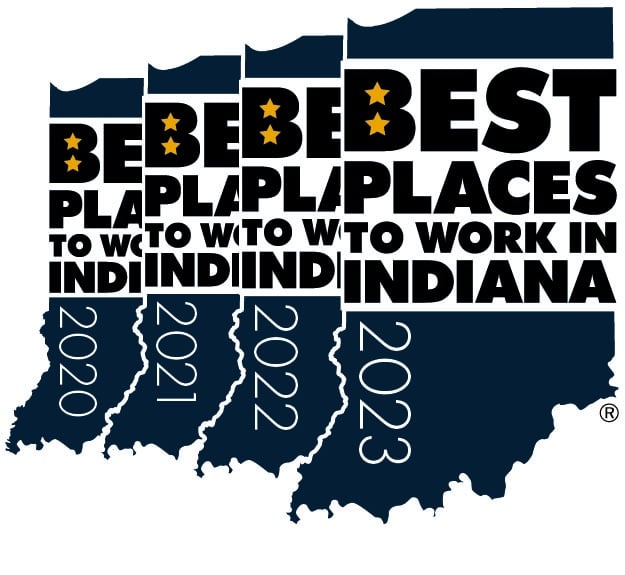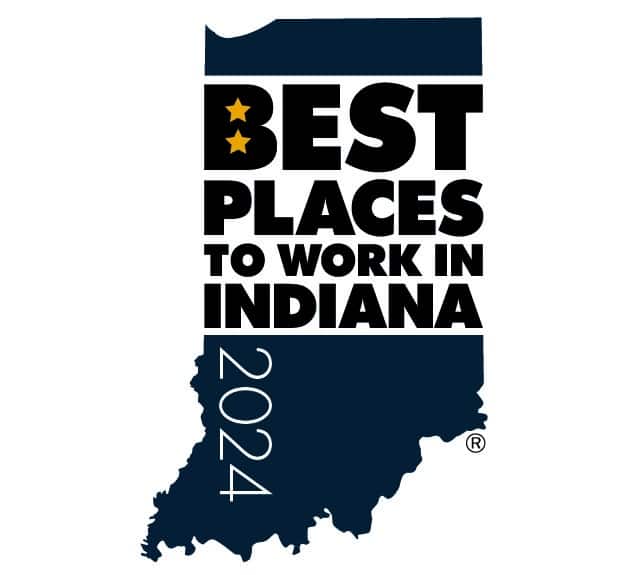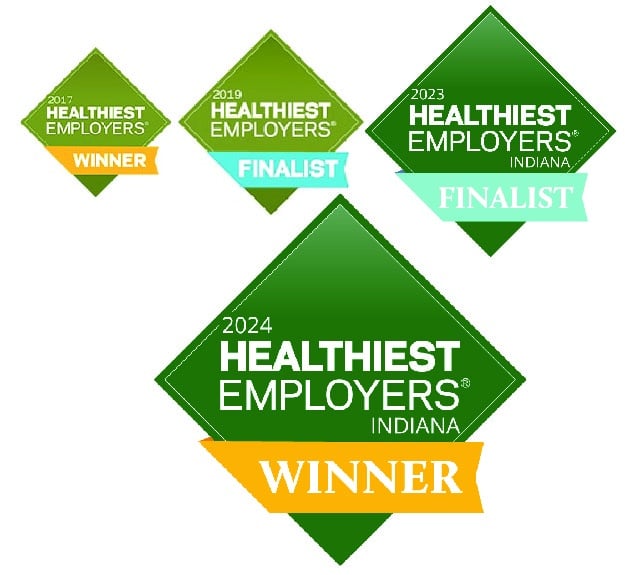Spin Your Benefits Flywheel: How to Get the Most Value Out of Your Health Care Program
BY RYAN SPENCER

The Flywheel Concept was popularized by Jim Collins in his legendary business book, Good to Great. The idea is that, over time, a series of choices can grow the momentum of a business, but it’s difficult to get the flywheel spinning at first and the rewards of those early efforts are not always obvious. If you keep pushing the wheel, however, it starts to spin faster and faster, and it gets easier as the momentum builds.
While the Collins metaphor certainly applies to the whole of a business, don’t forget that your business is comprised of several smaller flywheels. For example, we often think of a health care program as its own flywheel, a facet of the business that with the right choices, can gather powerful, positive momentum.
If you optimize your plan over time, you can unlock budget that you can then re-invest in other areas of your business. We worked with one school that saved so much on their health care program, they were able to improve employee wages and make facility improvements. Consider the alternative: If they had let their benefits costs spiral out of control, they may have had to increase tuition prices or lay off employees, reducing the school’s overall value. By evaluating your health care program and adjusting its performance, you decide how quickly the flywheel spins and how it influences the rest of your business.
How to Start Turning Your Flywheel
The school we mentioned above made a strategic decision to invest their savings into employee wages and facility improvements. You can leverage your benefits plan into equal improvements for your business. Here’s the strategy to follow:
1. Build your team. Turning your flywheel in the right direction starts with determining which direction it should spin. Pull in key personnel who can help you evaluate the business from an unbiased perspective. Valuable players here include the CEO, CFO, HR Director, and anyone else who has strategic insight into the company’s operations, finances, or personnel. Depending on who’s in your team and the growth of your company, you may need to occasionally re-assess your team and add or remove members.
2. Look for areas of improvement. Take a hard look at each department. Who is struggling? Where can you offer meaningful support? How can you invest in your company to increase revenue? When you see where there are opportunities within your company, you’ll have a better idea of where you can invest savings as you begin to reduce your benefits expenses.
3. Examine your benefits and culture as a whole. Your health benefits are a small piece of the overall employee compensation package. Onboarding, company culture, and compensation all influence how your employees perform and how long they commit to your company. If you adjust one of these, you adjust how your employees feel about being part of your team.
Once you’ve taken these steps, you can begin working with your advisor to design your benefits plan in a way that best supports your business and its employees. With insights from key players who understand the finances and people of your company, you can make strategic improvements to the overall plan and the rest of your company.
Your Flywheel in Action: Two Examples of Success
Turning your flywheel properly takes discipline, but the results over time can be impactful. Here’s how two of our clients approach their benefits with the rest of the company in mind.
How a Nonprofit Makes Careful Decisions
We advise a nonprofit in Fort Wayne, Indiana, that runs their operations by the “measure twice, cut once” methodology. When we proposed new benefits opportunities to them, there were some options we continually put on the table for them. There were no problems with the plans themselves. Instead, they wanted to discuss each plan in extreme detail because they wanted to understand exactly how it would impact the rest of their operations.
When they finally picked their plan, they did so knowing it would spin their flywheel in the right direction, positively influencing the entire organization.
Managing Your Flywheel in Times of Growth
A manufacturer we work with projects rapid growth over the next two years. While they have 75 employees right now, they plan to add 100-200 new employees over the next 24 months. Such aggressive growth impacts everything—expenses, training, culture, and especially their benefits.
When you double or triple your workforce, you can’t be certain exactly how your benefits plan will be impacted. As we discuss the future with the business owner, we constantly evaluate the potential risks the company could face as it grows. During these conversations, we always outline the levers we can pull to avoid catastrophic issues within the plan and the rest of the business.
By evaluating all options on the table, we’re working toward a health care plan that proactively manages their risk and the deliverables to the workforce during volatile times so that when they start expanding, their flywheel continues to spin in the right direction.
Prepare Your Flywheel
Once your flywheel is spinning properly, the results are powerful. For the school we mentioned in our introduction, saving on health benefits gave them the financial resources to build a new gym. The new gym is a selling point for students and parents alike, and this becomes a valuable selling point when prospective students visit campus. You can enjoy similar results. When you carefully consider your benefits and its impact on your business, you can make strategic decisions that propel your company forward.












